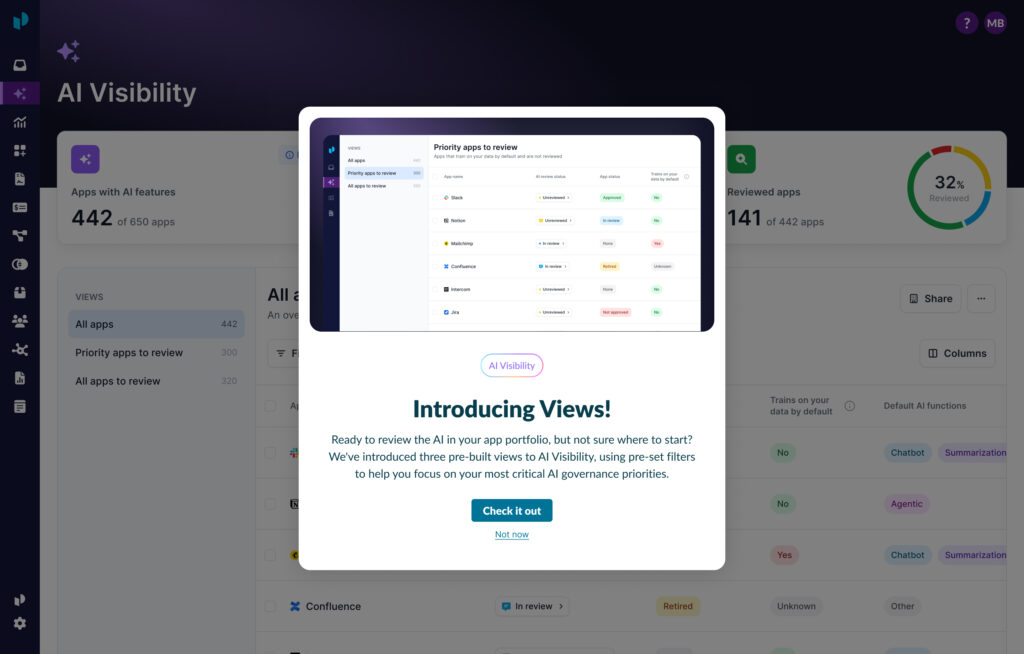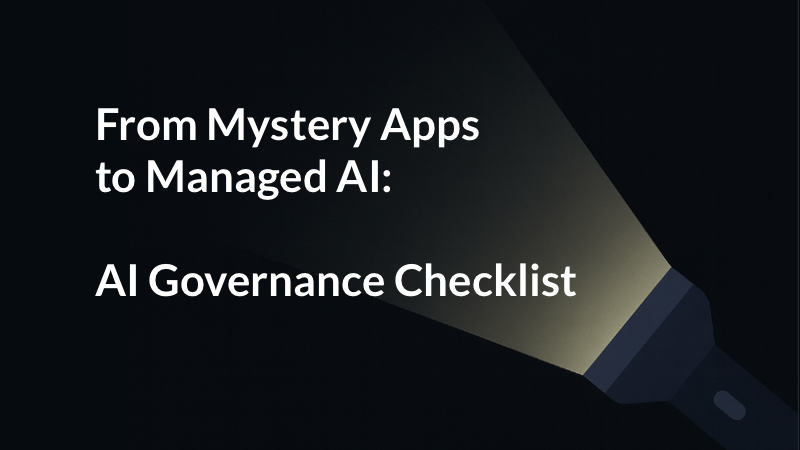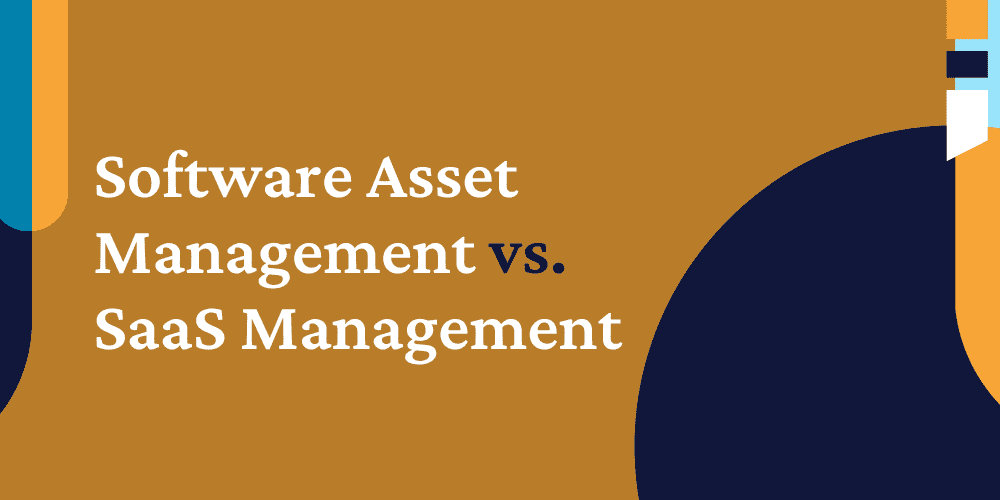
SAM vs SMP: Why a Software Asset Management tool is insufficient for SaaS Management
What is software asset management?
Software asset management (SAM) and software asset management tools (SAM tools) manage the procurement, deployment, maintenance, and utilization of software applications. The main goals of SAM tools are to limit business and legal risks while reducing IT costs. SAM tools provide “in-depth software asset analysis by decoding software license entitlements, automating the collection of software consumption data, establishing ISV effective license position (ELP), governing software assets, optimizing software value delivery and sharing information with other tools and stakeholders,” according to Gartner.
Are SAM tools ideal for software cost management?
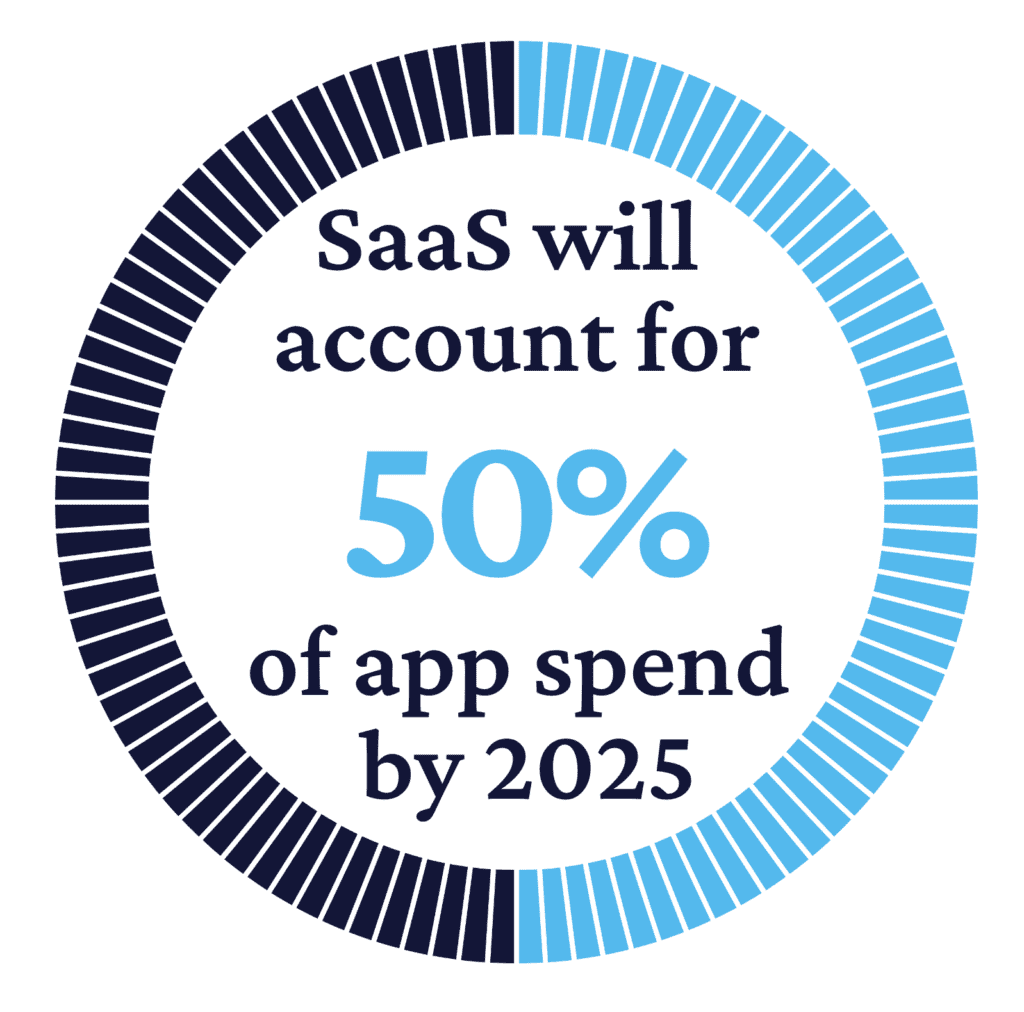
People have traditionally viewed SAM tools, as part of an IT asset management (ITAM) strategy, as the panacea for software cost management. But that panacea label is fading as the majority of applications are now cloud-based SaaS (software-as-a-service). SAM tools were designed for an on-premise world and struggle to effectively manage SaaS costs.
SaaS is growing at around 12% CAGR and is projected to account for more than 50% of app spend by 2025. If you’re relying solely on SAM to manage costs, you’re missing out on a growing piece of the pie — one that SaaS Management Platforms (SMPs) were built to address.
How is SaaS Management different from software asset management?
SAM tools were built to maintain compliance with the complex terms of expensive on-premise software licenses, such as licenses from Oracle, IBM, and SAP. Because of this, SAM is focused on license models, deployment profiles, audit readiness, and effective license positions, which aren’t relevant for most SaaS apps.
SaaS is a fundamentally different beast than on-premise software. This includes how SaaS is procured, licensed, used, tracked, governed, and sunsetted, to the type of risks it poses. Trying to manage SaaS the same way as on-premise software can lead to wasted spend, reduced efficiency, and increased security risks.
Moving away from using SAM for SaaS Management is also critical for optimizing SaaS costs. Without the right tools to manage SaaS, IT leaders will find it difficult to effectively cut costs without creating business disruption. Keep in mind, business leaders own a large number of SaaS apps and there are cross-departmental governance challenges that need to be addressed.
What are the risks of ineffective SaaS Management?
Operating with ineffective SaaS Management — or assuming SAM will solve for it — leaves companies open to a number of risks.
1. Limited app discovery and visibility
Up to 56% of SaaS apps are not visible to IT on average. This is due to employees expensing app purchases and signing up for free trials. Using spreadsheets won’t help you find or manage these applications.
2. Wasted SaaS spend
Up to 55% of SaaS licenses are unused or underutilized. Lack of insight into how often licenses are being used, how employees are engaging with features, and if license tiers are being provisioned effectively results in lots of wasted spend.
3. Increased compliance risks
IT can’t ensure compliance for apps they’re not aware of. Unmanaged apps, also known as Shadow IT, are responsible for 49% of data breaches. And with 98% of companies surveyed in 2020 and 2021 reporting at least one cloud data breach, ensuring compliance should be top of mind.
4. Slow SaaS workflows
Manual processes for provisioning and reclaiming SaaS licenses increase your IT overhead. Without automated license management, companies can spend 2,000-4,000 hours annually — or more — manually collecting data from each app and then removing or changing licenses assigned to employees. The number of license events can reach into the millions.
5. Poor app adoption and engagement
Productivity slows when employees can’t easily find the tools they need to do their jobs and have to wait weeks for access approvals. What’s more, 49% of employees are likely to leave their job if they’re unhappy with the technology they use at work.
6. Expensive and unwanted renewals
With companies averaging a SaaS renewal almost every day, it’s critical to have a system that helps you proactively manage contracts and renewals in addition to comparing your price with pricing benchmarks. Without a SaaS Management solution, it’s easy to overpay, get surprised with true-ups, and miss the deadline for auto-renewing apps.
How to find the right vendor to manage SaaS
The right SMP can help you manage and mitigate the risks listed above. Before looking for a tool, outline the key challenges you wish to solve and develop a clear set of criteria for what you need.
Here are some questions you may want to ask as you develop your criteria. You can repurpose these questions in your vendor conversations during evaluations to see if the offering truly fits your needs.
- Do I know how employees are using our most important SaaS applications?
- Can I identify which SaaS applications have overlapping functionality and which teams are using them?
- Do I have access to benchmarks to compare our SaaS app usage and pricing to our peers?
- Do I have a way of identifying SaaS applications that are being accessed on my network that aren’t currently managed by IT?
- Do I have the trusted data I need to have effective conversations with finance, procurement, and line of business (LOB) leaders?
- Am I able to confidently align with finance, procurement, legal, and LOB on SaaS spend?
- Do the SaaS applications used in my organization have the necessary compliance certifications?
- Am I dedicating too many resources to SaaS license management?
- Could I benefit from recommendations for SaaS application rationalization and other spend optimization opportunities?
- Am I relying on vendor-provided data for SaaS renewal negotiations?
What’s possible with effective SaaS Management
A well executed SaaS Management strategy, led by an SMP, can have a quick and noticeable impact across your business. Here are some benefits you can look forward to:
1. Lower SaaS OpEx and risks: The database management company Databricks reduced Zoom and Asana costs 35% by rightsizing their licenses to fit employee usage.
2. Greater agility and reduced IT overhead: United Talent Agency (UTA) reduced time spent on data gathering and analysis by 20%.
3. Improved employee productivity and ROI: Avant saved 67% on a SaaS renewal for its file sharing platform and achieved ROI on its SMP in just two months.
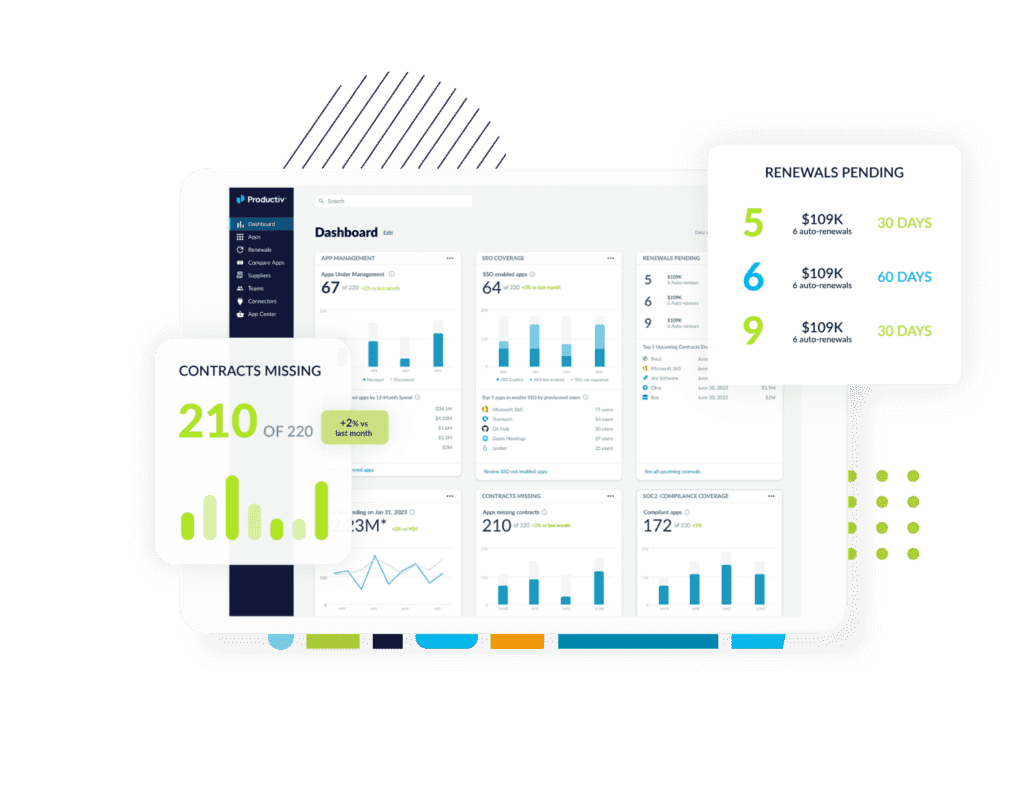
About Productiv:
Productiv is the only SaaS Management Platform built for bringing teams together. From new purchase requests to renewals, and everything in between, Procurement, Finance, and IT work in Productiv to align around trusted data, get AI powered insights, collaborate, make smarter decisions, and have confidence in every investment, at scale.
Learn more today.
About Productiv:
Productiv is the IT operating system to manage your entire SaaS and AI ecosystem. It centralizes visibility into your tech stack, so CIOs and IT leaders can confidently set strategy, optimize renewals, and empower employees.


